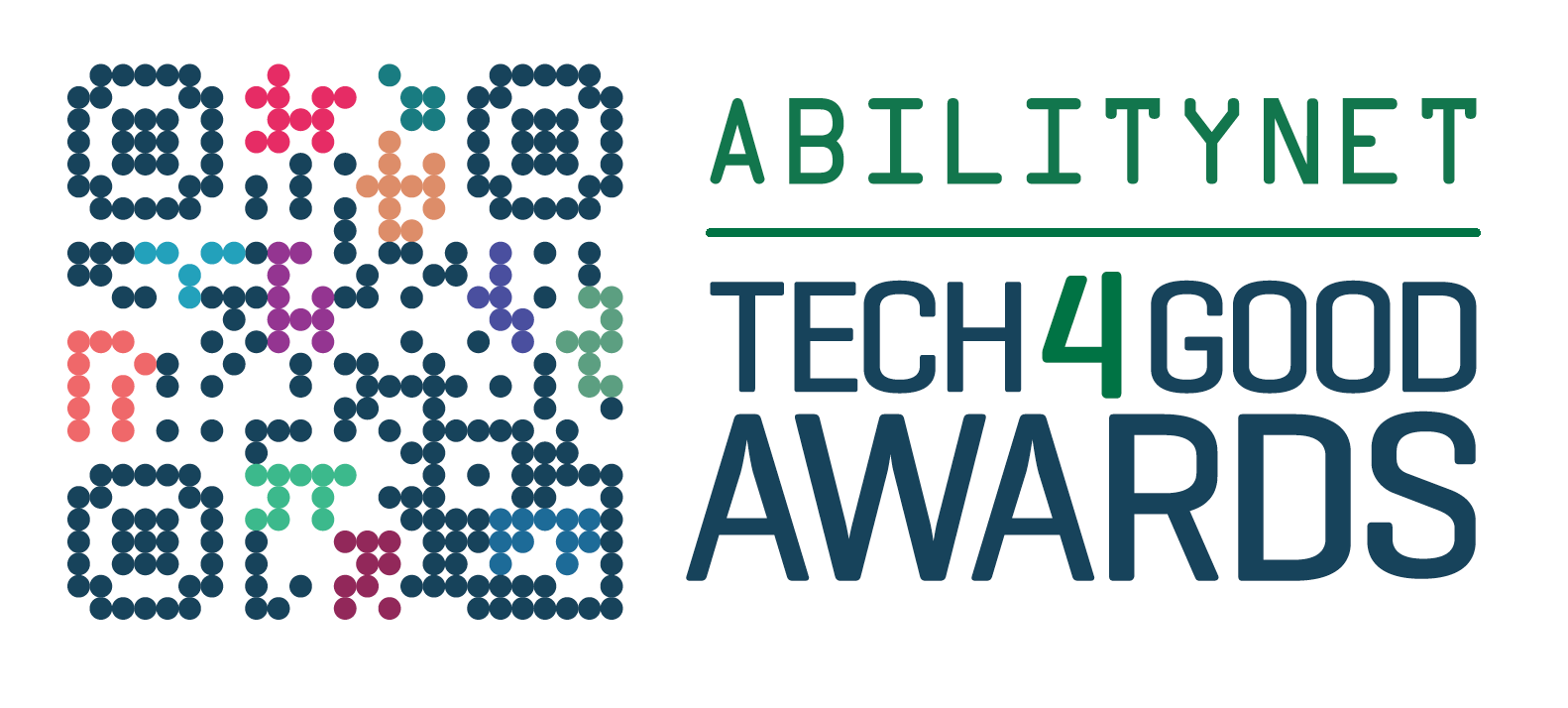Tech at its best fighting Parkinson's at its worst
Adam Tweed | 12 Mar 2019As a tech charity AbilityNet is, perhaps unsurprisingly, always going to highlight the good that tech can offer. We hear and share stories all the time in which technology provides support, a lifeline, or basic independence. However there are occasions in which the benefit of technology takes everyone by surprise.
I want to tell you about Emma; project Emma to be exact, but at its centre is Emma the person; Emma Lawton. Emma is a Creative Director at a web agency and she has Parkinson's.
In 2018 there were an estimated 145,000 people living with Parkinson’s in the UK. 1,757 (1.2%) are under the age of 50. At the time of her diagnosis, Emma was 29.
Parkinson's is a progressive neurological condition where dopamine-producing cells in the brain start to die. Dopamine is one of the key neurotransmitters involved in controlling movement and as dopamine levels get lower, the impact on movement and muscle control becomes more pronounced. The three main symptoms of Parkinson's are tremor, stiffness and slowness of movement. But people may also experience other symptoms including problems with sleep, memory and mental health issues.
Speaking in an interview with the Telegraph; Emma explained: "My diagnosis came after struggling with a strange numb, stiff feeling in my right arm for a year. Work colleagues called my limb “The Claw” because it was rigid and didn’t move easily … I was thinking it was carpal tunnel syndrome or a trapped nerve. But the doctor was worried that I didn’t swing my arm when I walked and sent me for brain scans … A few weeks later, I saw a consultant, who told me that the scans showed I was in the early stages of Parkinson’s."
As a designer and creative director, fine motor control was as important as hearing is to a composer; how could she consider communicating her ideas if drawing and writing were such a laboured and difficult process? Emma was being robbed of her passion and her livelihood and to have it happen at such an early stage in her career seemed immensely cruel.
Emma's story came to the attention of the team behind the BBC's documentary series The Big Life Fix; a series in which technology and blue-sky thinking are teamed up to see if they can offer an innovative 'fix' to real-life problems for disabled people. Emma was teamed up with inventor, designer, technologist and maker of things and Innovation Director at Microsoft Cambridge; Haiyan Zhang.
 Haiyan's profile is impressive to say the least, highlighting; "In her 18-year career in the Technology sector, Haiyan has worked hands-on in software engineering, user experience, hardware R&D, service design, Cloud platforms, design thinking and blue-sky envisioning. She continues to push on the boundaries where technology can transform people’s lives for the better." She is also no stranger to AbilityNet as a former winner of the Tech4Good Digital Health Award in 2017 for Project Fizzyo; a gamification of the arduous and boring task of airway clearance excercises in children with cystic fibrosis.
Haiyan's profile is impressive to say the least, highlighting; "In her 18-year career in the Technology sector, Haiyan has worked hands-on in software engineering, user experience, hardware R&D, service design, Cloud platforms, design thinking and blue-sky envisioning. She continues to push on the boundaries where technology can transform people’s lives for the better." She is also no stranger to AbilityNet as a former winner of the Tech4Good Digital Health Award in 2017 for Project Fizzyo; a gamification of the arduous and boring task of airway clearance excercises in children with cystic fibrosis.
Haiyan, in her research of Parkinson's and the challenges facing Emma, became aware of vibrating cutlery; such as the Liftware by Verily (formerly Google Lifesciences). These utensils use tiny coin-cell motors and gyroscopes to vibrate in opposition to any hand-tremors and although they do not eliminate the tremors completely they can provide enough to allow someone with a tremor to maintain a level of independence and dignity.
In The Big Life Hack, Haiyan connected a series of these tiny motors to a wrist strap that she was able to adjust via an app she had also created. The results of the prototyping were incredibly encouraging so the next stage was to reduce the crude prototype into a wearable 'watch' which Haiyan christened the 'Emma' (much to Emma's delight) and then the moment came to switch it on.
"Jesus Christ." were the first words from Emma's mouth as she put pen to paper and slowly began to write her name clearly "…it makes me forget that I have a tremor." With tears running down her face, Emma continues to draw a straight line, a box, things her tremor has prevented her from doing for a very long time.
Although the reason behind the effectiveness of the watch is still not fully understood, it has been suggested that a tremor can arise when the body makes an error in movement that it attempts to correct but overcompensates; this results in a feedback loop that the vibrations from the watch are able to interrupt.
In an interview with Parkinson's Life, Haiyan explained; “We’re now working with clinical neuroscientists in London to do more clinical studies. We’re bringing in more people with Parkinson’s to try out this device. We think that this particular vibration pattern works for Emma, but there might be other patterns that we can adapt for different people.
“So we’re developing a broader vision for this technology and thinking about how we might apply this effect to other parts of the body. Right now it really helps with Emma’s writing, but what about other activities that might affect different parts of the body?”
This incredible, inspiring story is perhaps best summed up by Chris Bishop, Technical Fellow and Laboratory Director, Microsoft Research Cambridge:
“If we are to make products and services that empower people, we need to have people like Haiyan with highly enquiring minds and the engineering skills to find out what people need and build technology that suits them.”
(Drawing sketched by Emma Lawton wearing the Emma watch)



